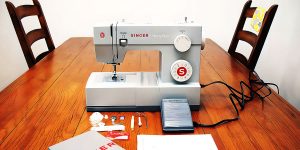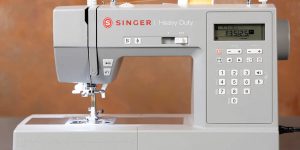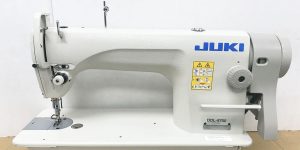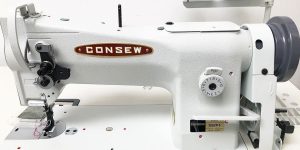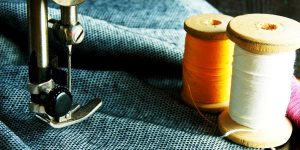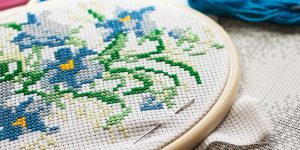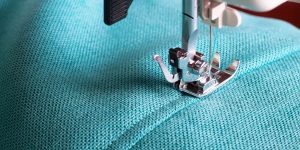If you’ve ever delved into the world of sewing, you may have encountered a tiny, finger-like tool known as a thimble. But what are thimbles used for? The earliest thimbles were crafted from materials such as bone, leather, and metal, showcasing the ingenuity of ancient civilizations in protecting their fingers during needlework. As time progressed, thimbles evolved into ornate and decorative objects, often adorned with intricate engravings or precious gemstones, signifying the status and wealth of their owners. Today, finger guards continue to be cherished not only for their practicality but also for their historical significance and the stories they hold from generations of sewing enthusiasts.
In this article, I will cover the definition and purpose of thimbles, their significance in the world of needlework, and how they can enhance your sewing experience.
What is a thimble?
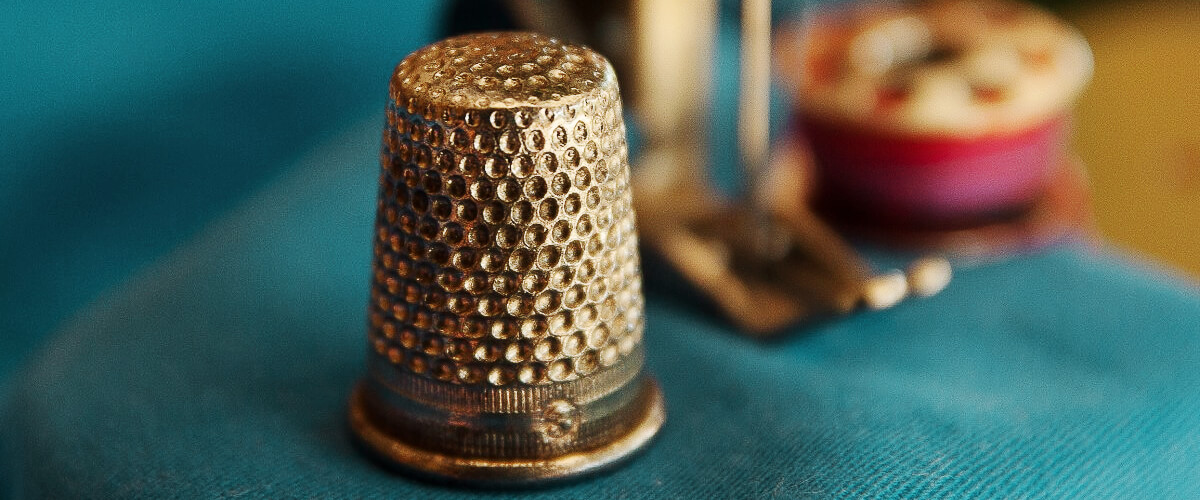
A thimble is a nifty little tool you wear on your finger while sewing to protect it from those pesky needle pricks. It’s like a mini bodyguard for your fingertip, ensuring you can stitch away without any painful accidents.
When it comes to types of thimbles, you’ll find a wide range of options, each boasting its own distinct qualities and materials:
- Metal. These sturdy finger guards are typically made of materials like brass, silver, or steel. They offer excellent protection and durability. You can find metal finger guards engraved with beautiful patterns or designs, adding a touch of elegance to your sewing sessions.
- Leather. If you prefer a more flexible and comfortable option, leather finger protectors are a great choice. Over time, they mold to the shape of your finger, providing a custom fit and ensuring a snug sewing experience.
- Plastic. Lightweight and budget-friendly plastic finger guards have gained popularity in recent years. They often have textured surfaces for better grip and are perfect for beginners or those who prefer a softer touch while sewing.
When it comes to selecting the perfect finger guard, it’s all about finding the right fit for your personal preferences, project requirements, and desired level of protection and comfort. Whether you opt for the timeless allure of a metal finger guard, the supple flexibility of a leather one, or the contemporary convenience of a plastic item, the purpose of a thimble remains consistent—to ensure a seamless and delightful stitching experience.
Why use a thimble?
Using a thimble while sewing or engaging in various types of needlework serves multiple purposes and offers several advantages. Now, I’ll spill the thread and uncover the reasons why using a stitching protector is such a smart move:
- Finger Protection. The needle’s sharp tip can easily slip and penetrate the skin, causing pain and potential injury. This item acts as a shield, creating a barrier between your finger and the needle, significantly reducing the risk of painful mishaps.
- Improved Precision. The hard surface of a finger thimble enables you to push the needle through the fabric with greater force, particularly when working with thicker materials or multiple layers. By exerting controlled pressure, you can ensure accurate and evenly spaced stitches. This item also enhances your grip on the needle, preventing it from slipping or wobbling while you sew, thus maintaining stitch consistency.
- Durability and Longevity. Stitching protectors are designed to withstand the repeated motions and friction involved in sewing. Their sturdy construction ensures longevity, allowing you to rely on them for countless stitching projects over time.
- Tradition and Personalization. Finger guards aren’t just practical tools, as they carry a rich sense of tradition and personal flair. Some items are engraved with intricate designs, while others are unique family heirlooms. So, embrace the tradition, make it your own, and let your thimble be an extension of your creative spirit.
So, sewing thimbles are used for protecting fingers and improving stitching precision and are indispensable items for anyone passionate about needlework.
Types of thimble use
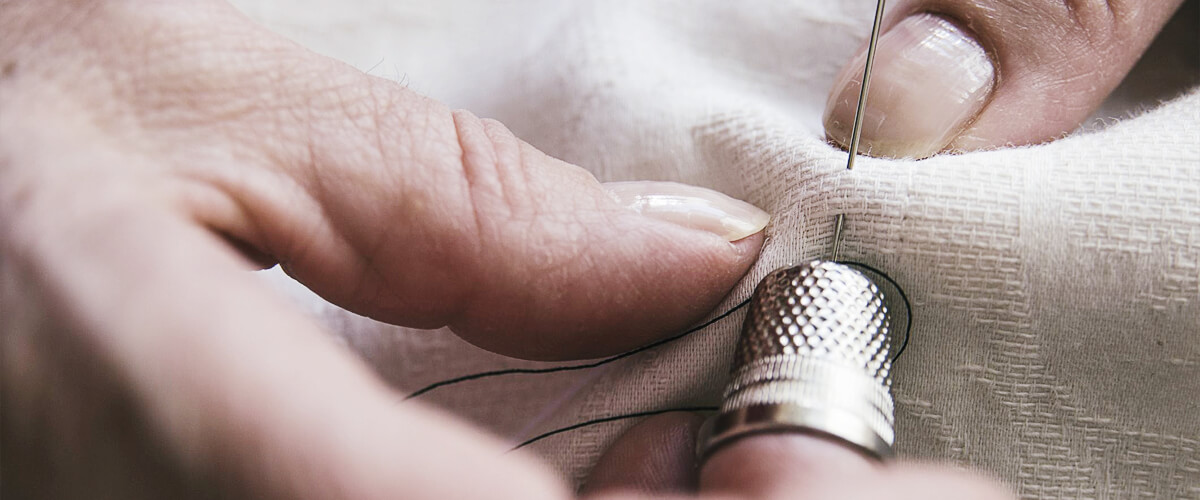
Since thimbles are versatile tools, let’s delve into the diverse ways they are utilized and how their usage varies depending on the specific craft at hand.
| Type of Needlework | Usage |
|---|---|
| Quilting | Assists in pushing needles through thick layers Provides protection |
| Embroidery | Enables precise stitches Protects fingers from accidental jabs |
| Sewing | Enhances control and accuracy Safeguards fingers during stitching |
Quilting
When it comes to quilting, a finger protector becomes an invaluable tool. So, what does a thimble do? Well, it plays a vital role in helping quilters maneuver their needles through thick layers of fabric and batting. By providing essential protection, finger guards keep needle pricks at bay and empower quilters to maintain precise control as they weave intricate patterns and bring their quilted masterpieces to life.
Embroidery
Embroidery is the art of embellishing fabric with decorative stitches and patterns. Stitching protectors play a vital role in embroidery, particularly when executing intricate hand embroidery techniques. By wearing a finger guard, embroiderers can exert pressure on the needle to create precise and detailed stitches while keeping their fingers safe from accidental jabs.
Sewing
Sewing encompasses a broad range of stitching activities, from garment construction to repairs and alterations. Finger protectors are particularly useful during hand-sewing tasks, such as attaching buttons, hemming, or sewing seams.
The type of thimble used can also vary depending on the craft:
- Quilters often prefer metal stitching protectors for their durability and firmness, allowing for easy needle penetration through quilt layers.
- Embroiderers may opt for softer leather items, which offer more flexibility and a comfortable fit for intricate embroidery movements.
- Sewers, depending on their preferences, may choose between metal, leather, or plastic items based on the thickness and nature of the fabric they’re working with.
Finger guards find their place in a wide range of needlework endeavors. Utilizing this item ensures protection, control, and enhanced stitching precision, catering to the specific demands of each craft.
How to choose a thimble?
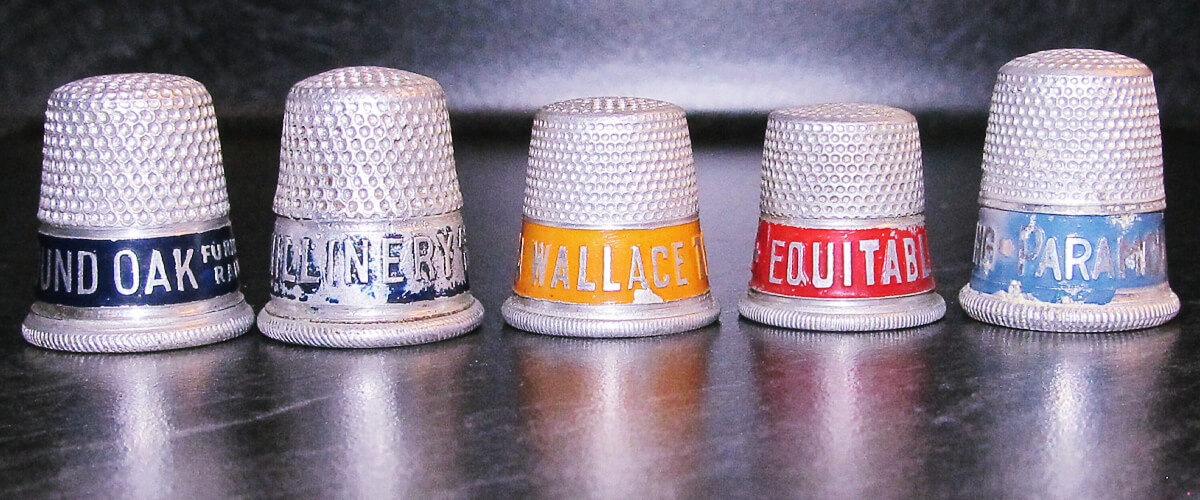
When it comes to selecting the right thimble for hand sewing, there are a few key factors to consider. I have gathered some helpful tips to help you choose a perfect thimble:
- Size. The size of the finger guard is crucial for a comfortable fit. Try on different sizes to find the one that feels secure without restricting movement.
- Material. Stitching protectors are available in various materials, each with its own advantages and disadvantages. Metal items, like brass or silver, offer durability, but they can feel cold and heavy. Leather finger guards provide flexibility and comfort, but they may wear out over time. Plastic ones are lightweight and affordable, but they may not offer the same level of durability as metal or leather.
- Fit. A well-fitting stitching protector should stay in place on your finger without slipping off during sewing. Some items come with adjustable bands or open-sided designs, allowing for a more customizable fit.
- Types. Traditional, open-sided, and coin thimbles are among the various options available. Traditional ones provide full coverage and protection for your fingertip. Open-sided items are ideal for quilters and allow for better control when manipulating fabric layers. Coin stitching protectors, as the name suggests, are small metal caps that can be worn on the finger, offering a lightweight alternative.
I recommend trying on different types and materials to find the one that suits your needs best.
With nimble fingers and a trusty thimble, the art of sewing becomes a delightful and precise endeavor.
FAQ
Can I use a thimble if I have long nails?
Absolutely! You can still use a sewing finger guard even with long nails. Opt for a stitching protector with an open-ended design or a wider top to accommodate your nails comfortably.
How do I know if I need to replace my thimble?
Look for visible wear and tear on your sewing thimble, like cracks or holes. If it no longer fits securely or causes discomfort, it’s time for a replacement.
Can thimbles be used with a sewing machine?
Yes, you can use finger guards with a sewing machine, but their usage may vary. Some sewers find them helpful when guiding fabric or handling tricky areas. However, it’s important to ensure they don’t interfere with the machine’s operation.

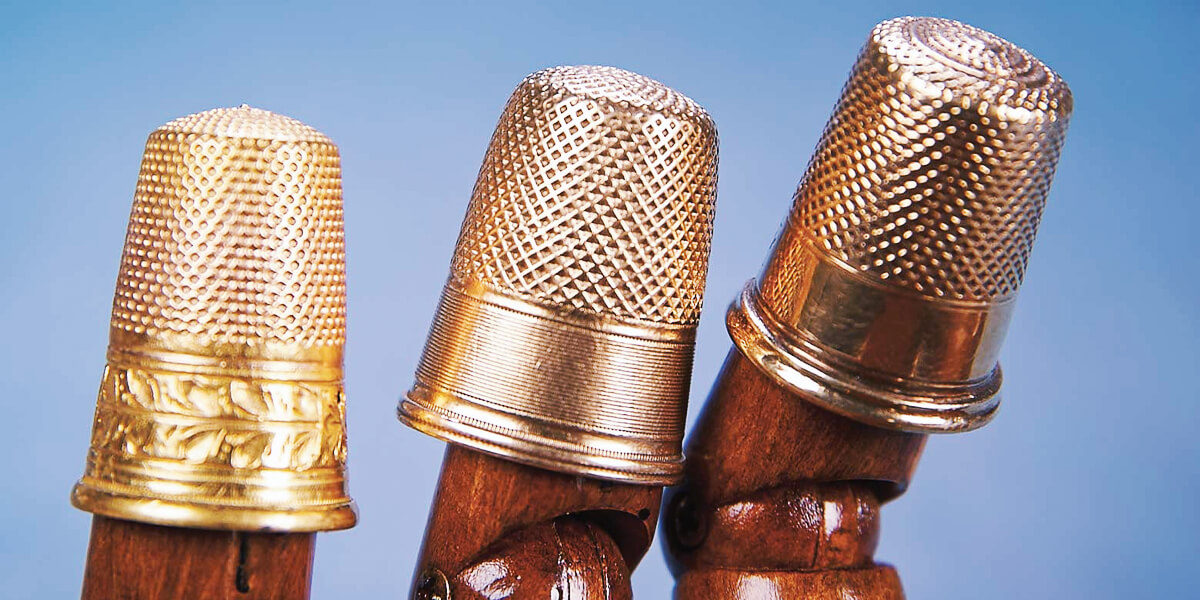
![The 4 Best Machines Under $500 [Budget Sewing Solutions]](https://www.favoritethings.net/wp-content/uploads/2024/03/best-sewing-machine-under-500-review-300x150.jpg)
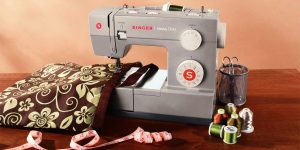
![Best Sewing Machines for Upholstery [Crafting with Quality]](https://www.favoritethings.net/wp-content/uploads/2024/02/best-sewing-machine-for-upholstery-300x150.jpg)
